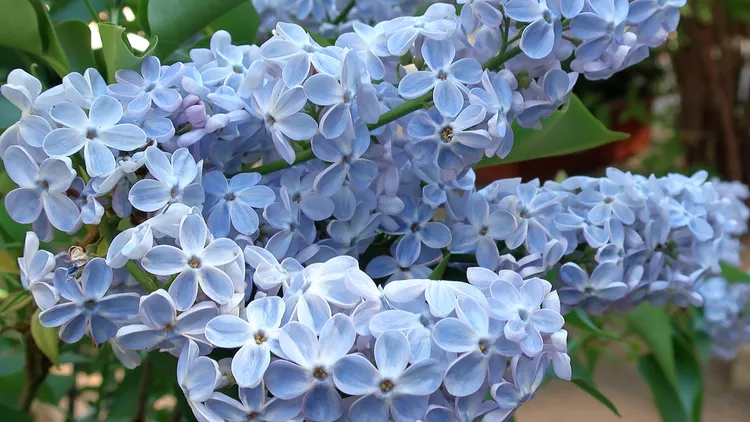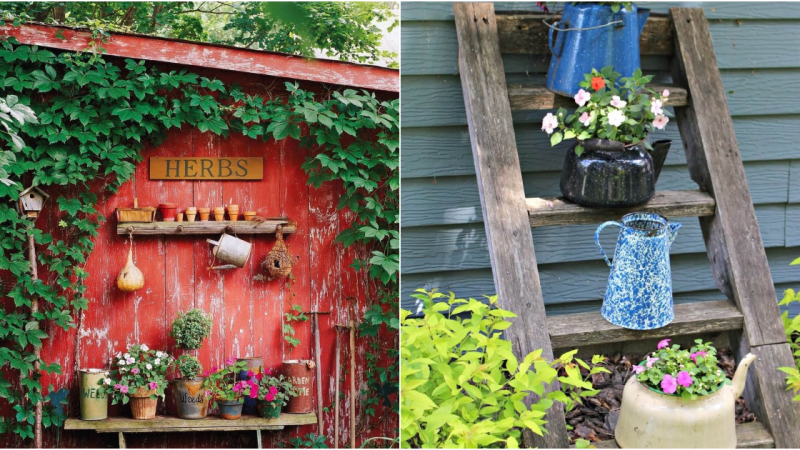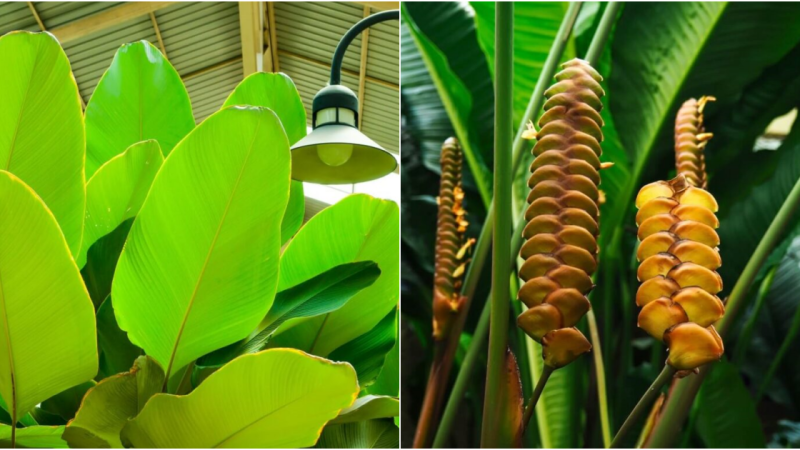Growing Gorgeous Lilacs in Your Backyard: Tips and Tricks
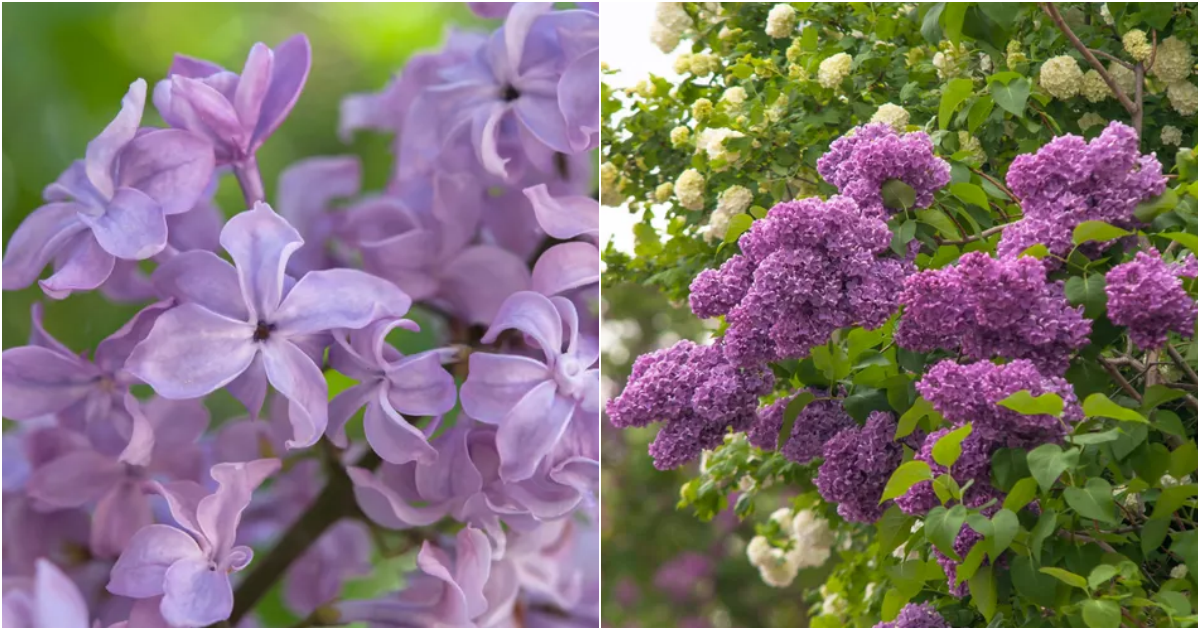
Lilacs, those charming ornamental plants also known as French lilacs or common lilacs, are a breeze to nurture and add a touch of elegance to your outdoor space. These plants belong to the olive family and share kinship with ash trees, jasmine vines, forsythia bushes, and privets. Their captivating fragrance has been cherished for ages. Originating from the Balkan Peninsula, lilacs journeyed to northern Europe in the 1500s and later found a home in North America during the 1700s. So beloved are they that New Hampshire even crowned them as the state flower.
For a flourishing lilac haven, regular pruning and a nutritious boost are essential. These beauties thrive as landscape stars – from hedges to borders – and showcase an array of hues. Common lilacs bask in a daily dose of at least six hours of sunlight and prefer loamy, slightly moist, neutral to mildly alkaline soil with good drainage. Although they tolerate some dry spells, pampering them with extra water during hot and arid stretches is a treat. They’re quite the temperate beings, loving the cool to moderate summer temps and standing firm against winter chills. But watch out, they’re not keen on sultry, humid climates like those found in the southern United States.
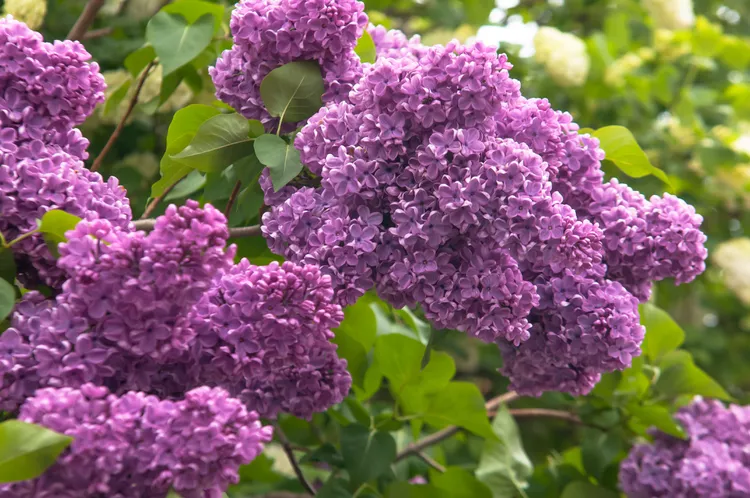
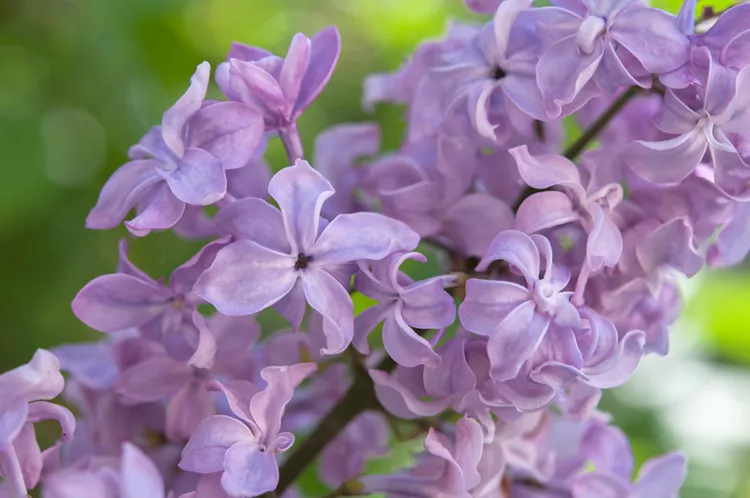
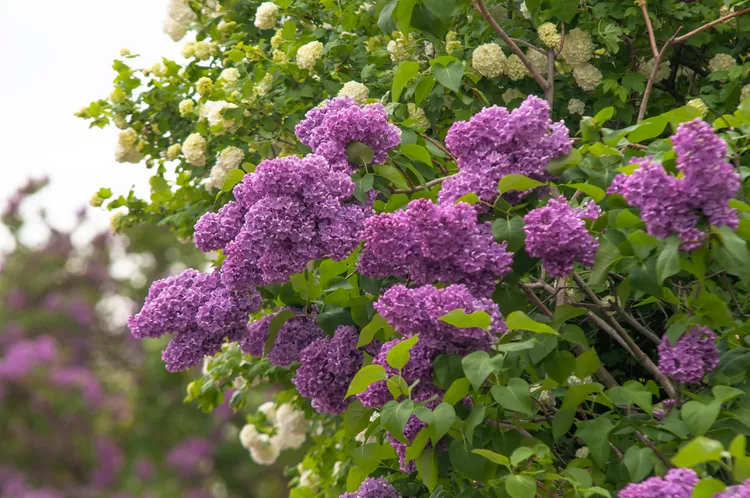
Propagating lilacs is a cinch as they happily expand through suckers. To do so, dig around a fresh shoot, carefully sever it from the mother plant without harming its roots, and relocate it. Keep it well-watered until its roots find their feet. If you’d rather your lilac doesn’t take over, snip away those suckers. But hold your horses before tossing any fertilizer their way – assess the soil’s needs first. An overdose of nitrogen isn’t their cup of tea.
Pruning? Absolutely crucial. It keeps your lilacs healthy, maintains their size and shape, and prevents nasty diseases by allowing the breeze to work its magic. They come in all shapes and sizes, ranging from 12 to 16 feet tall and 8 to 12 feet wide. Blossoming for about three to four weeks in late spring, the timing might vary based on the breed. Trim them post-bloom to give them space to grow and bud. Clear out the dead or sickly wood, spent flowers, and stems over two inches in thickness – trim a third of the shrub each growing season. Bugs and diseases like aphids, mealybugs, powdery mildew, and bacterial blight may attempt an invasion, so keep an eagle eye on your lilacs. With hundreds of varieties, they can effortlessly glam up your landscape, dressed in shades from delicate pink to deep violet.

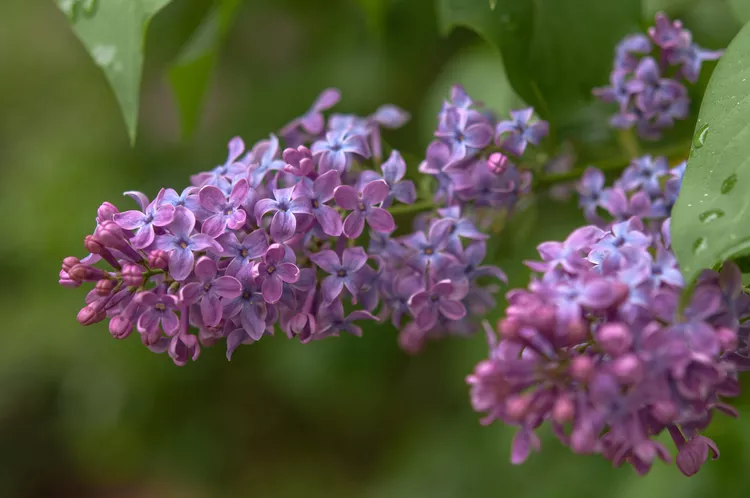
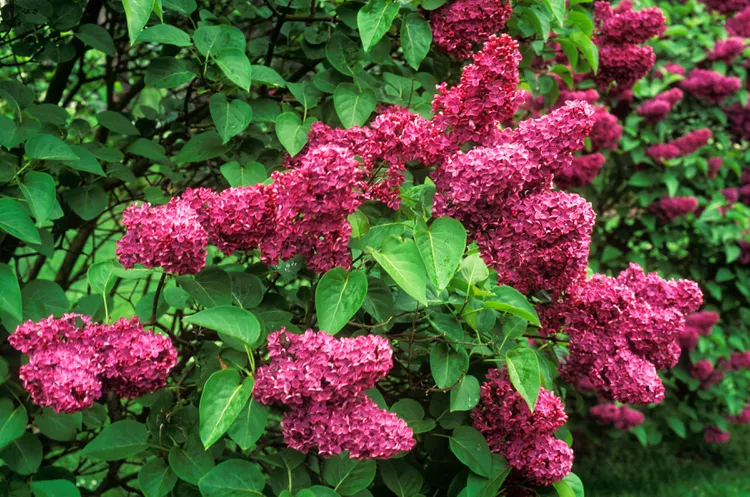
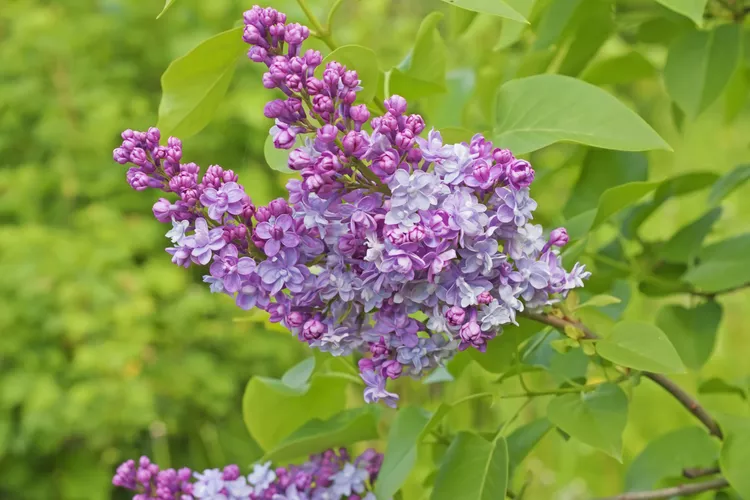
Lilacs – a smart choice for standalone stunners or secret screens. They pull off hedge duty with finesse, and the dwarf kinds play well with small gardens or containers. Bonus: they roll out the welcome mat for bees, birds, and butterflies, perfect for a garden party of pollinators.
To stretch out the blooming bash, enlist various lilac types with staggered bloom times. You’ll be treated to their elegance for up to six weeks in spring. For a full-on sensory experience, position them near spots like windows, patios, or pathways, and let their sweet aroma enchant you.
